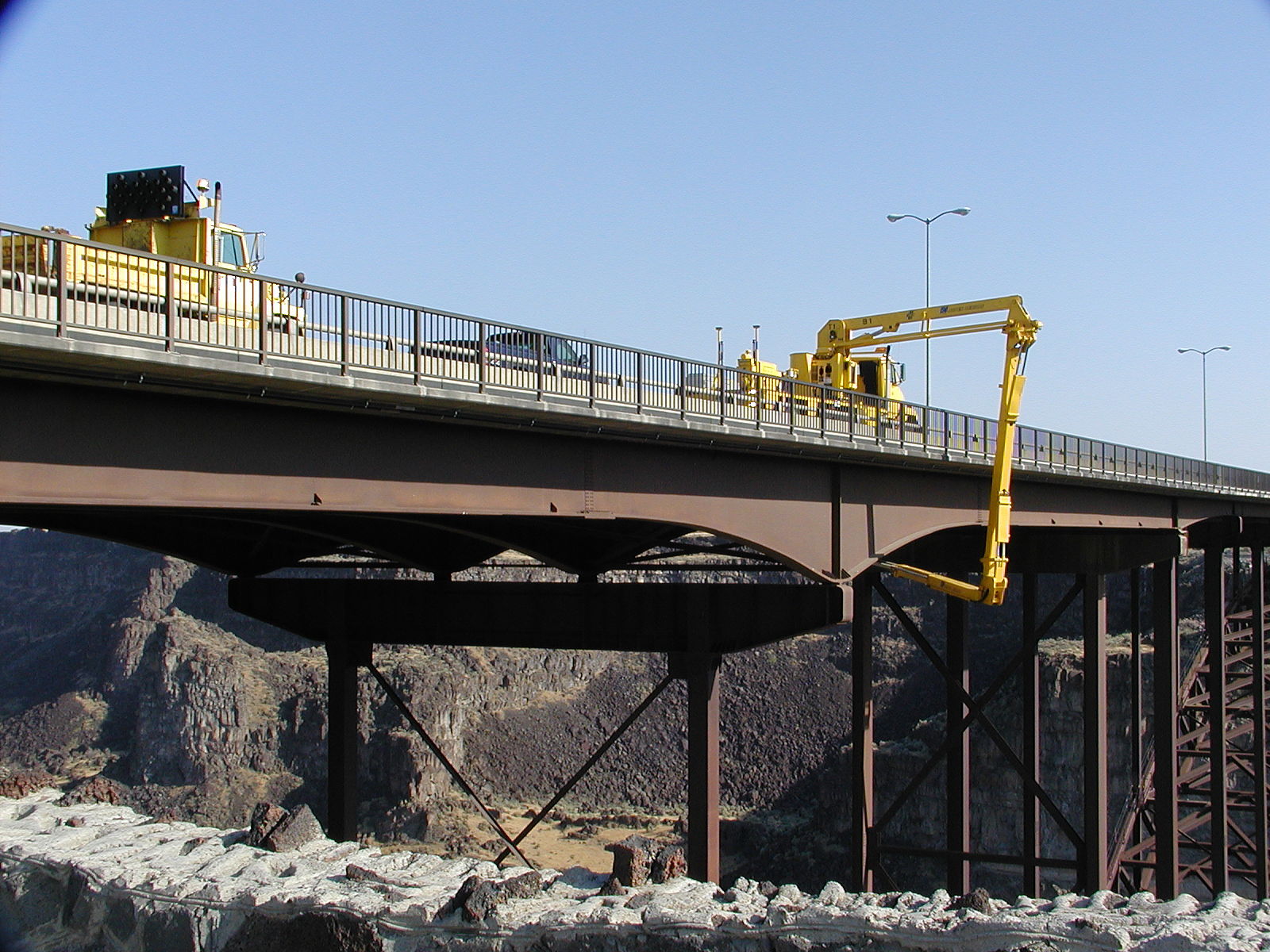Case Study: Successful Coating Inspection Projects in Auckland
Introduction to Coating Inspections
Coating inspections are a critical component in maintaining the integrity and longevity of various structures, from bridges to industrial facilities. In Auckland, where environmental conditions can be harsh, ensuring that coatings are applied and maintained correctly is essential. This case study explores some of the most successful coating inspection projects in the region, highlighting key strategies and outcomes.

Importance of Coating Inspections
Coating inspections play a vital role in protecting structures from corrosion, wear, and other forms of degradation. These inspections ensure that coatings are applied according to specifications and perform as intended over time. In Auckland, the coastal climate presents unique challenges, making thorough inspections even more critical.
Regular inspections help identify potential issues before they become significant problems. This proactive approach can save considerable time and money by reducing the need for extensive repairs or replacements.
Project Spotlight: Auckland Harbour Bridge
The Auckland Harbour Bridge is one of the city's most iconic structures, requiring meticulous maintenance to withstand the elements. The coating inspection project for the bridge involved a detailed assessment of existing coatings and the application of advanced protective layers designed to resist saltwater corrosion.
The project employed cutting-edge technologies, such as drones equipped with high-resolution cameras, to ensure comprehensive coverage of all bridge areas. This innovative approach not only improved efficiency but also enhanced safety by reducing the need for inspectors to access hard-to-reach locations.

Challenges Faced in Urban Environments
Urban environments like Auckland present unique challenges for coating inspections. The heavy traffic and densely populated areas require careful planning and execution to minimize disruptions. Successful projects in these settings often rely on nighttime operations and strategic scheduling to avoid peak traffic hours.
Additionally, inspectors must consider environmental regulations and community concerns, ensuring that projects meet compliance standards without impacting local residents. This balance between efficiency and sensitivity is crucial for project success.
Innovative Techniques and Technologies
The use of advanced technologies has revolutionized coating inspections in Auckland. Infrared thermography, for instance, allows inspectors to detect underlying issues that may not be visible to the naked eye. Similarly, ultrasonic testing provides detailed insights into coating thickness and adhesion levels.

These technologies enable more accurate assessments and data-driven decisions, leading to improved outcomes for coating projects. By embracing innovation, Auckland's inspection teams have set a benchmark for quality and efficiency.
Conclusion: Key Takeaways
The success of coating inspection projects in Auckland highlights the importance of adaptability, innovation, and strategic planning. By leveraging advanced technologies and addressing the unique challenges posed by urban environments, these projects have ensured the long-term protection of vital infrastructure.
- Proactive maintenance is essential to prevent costly repairs.
- Utilizing modern technologies enhances inspection accuracy.
- Strategic project management minimizes disruptions and maximizes efficiency.
Overall, these case studies serve as a testament to the effectiveness of well-executed coating inspections in preserving Auckland's infrastructure for future generations.